Modern India: a new tome delves into the Le Corbusier-built city of Chandigarh
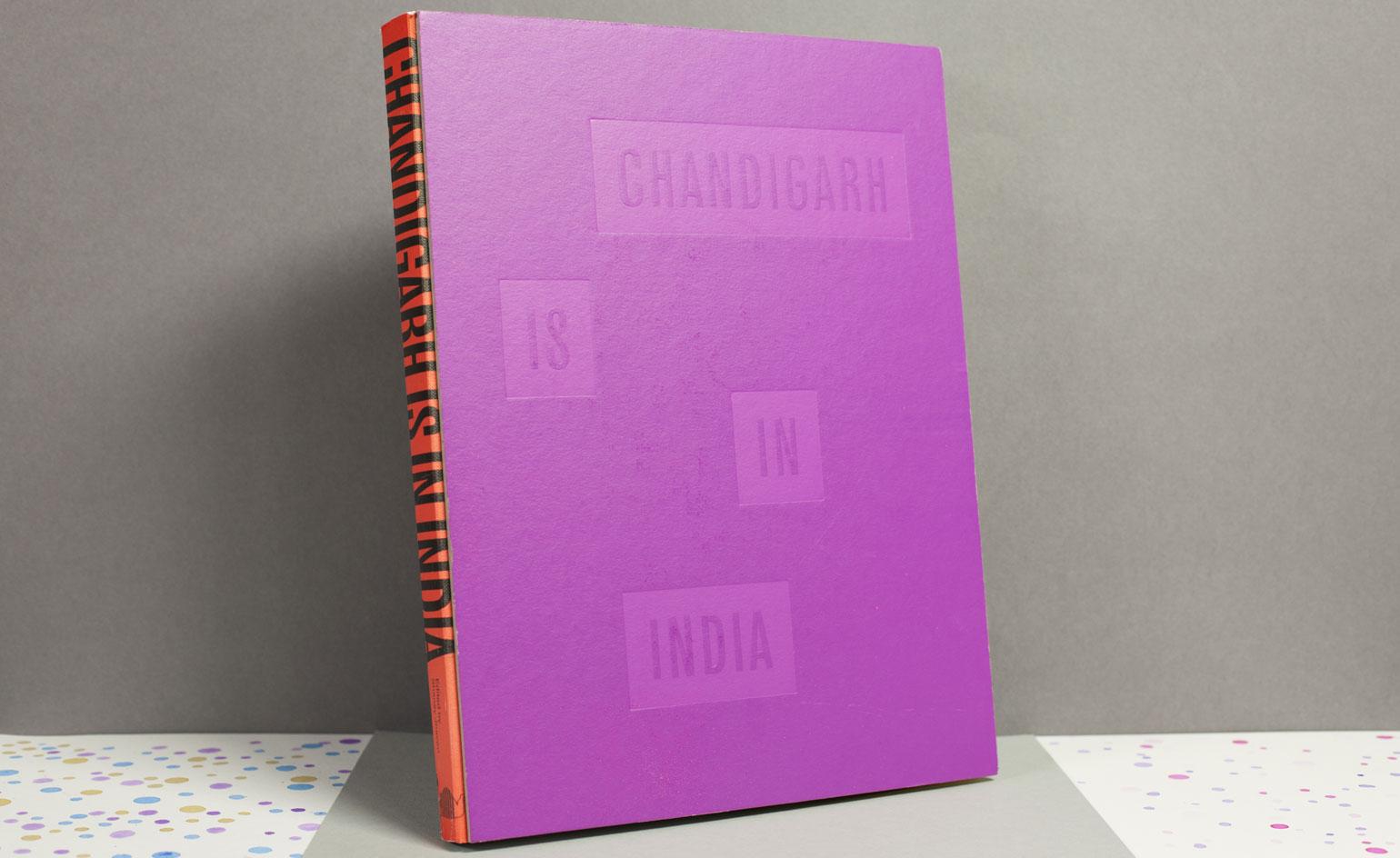
A land constantly striving to update itself, India still lags somewhat behind the Western ideals of modern civilisation. However, the country houses one city that truly was created for the modern world: the Le Corbusier-built Punjab capital Chandigarh.
Chandigarh is in India looks at the landscape of the Punjab state, sometimes away from the concrete aesthetics that marks its modernism, shining a spotlight on the overridden beauties and quirks. Edited by Shanay Jhaveri and launched during the Dhaka Art Summit earlier this year, the tome wonders off path with a selection of artworks by Western and Eastern artists of their visions of the mesmerising area. The visuals are accompanied by a strong political standpoint, seen in essays by the likes of Devika Singh and Erika Balsom, allowing the reader to question presumptions they may have had of Chandigarh.
‘Many people argue about it, some dislike it, some like it. It is totally immaterial whether you like it or not; it is the biggest thing in India of this kind,’ Jhaveri explains. The sheer impact of the city's creation is addressed in the opening of the book. Jhaveri includes an image of the notice board in the check-in office for the Secretariat in 1955, claiming that the land was going to become a new place, representative of the freedom of the country (a bold claim indeed).
With this scope, the photographs and artworks touch on all aspects of the state, from the magnificence of nature in The Indian Palm by Parisian artist Cyprien Gaillard, to Manuel Bougot’s intimate images of private homes of residents, capturing interiors from 2010–2011. These spaces are adorned with the tropes of traditional and ornamental living, with occasional injections of modern furniture.
Along the way we see the futurist visuals of the concrete architecture, abstractly shot by the likes of Yamini Nayar and Seher Shah. Meanwhile, we are invited to see the influence the cityscape had on furniture and fashion design, from the 'Chandigarh' sofa for Moroso to Berluti’s S/S 2016 silhouettes, directly inspired by capital.
All wrapped up in a warm Asian-style palette of yellow and purple, it is pleasing to see that the rich and vibrant colour is one that can never really be changed or contested. ‘This book in part is an attempt to release Chandigarh from itself,’ Jhaveri concludes – a reassuring sentiment for such a complex and singular place.
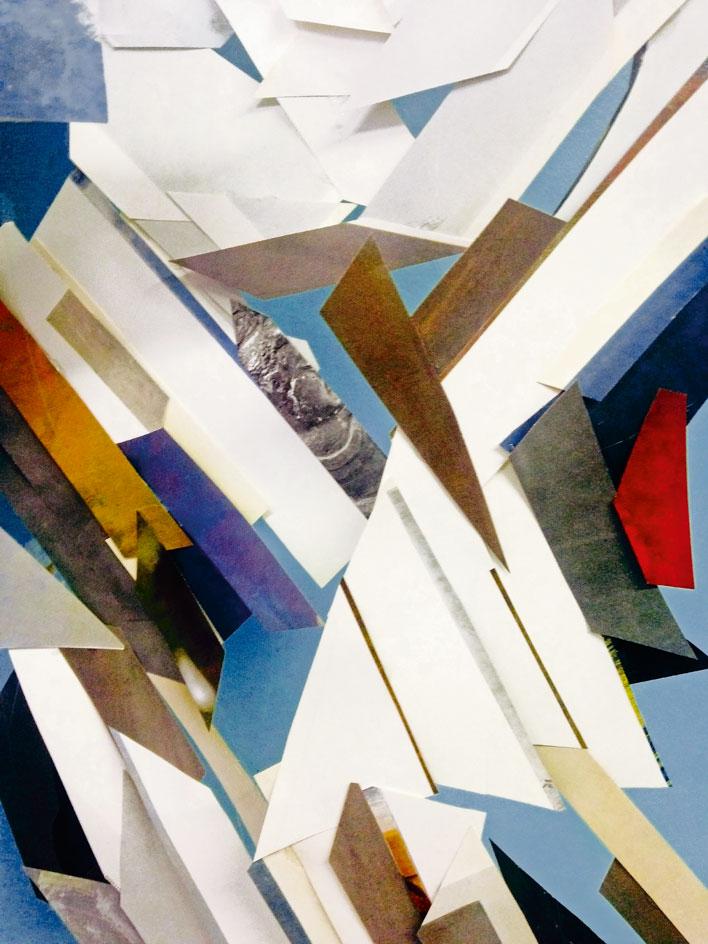
Edited by Shanay Jhaveri, Chandigarh is in India looks at the landscape of the Punjab state, sometimes away from the concrete aesthetics that marks its modernism, shining a spotlight on the overridden beauties and quirks.
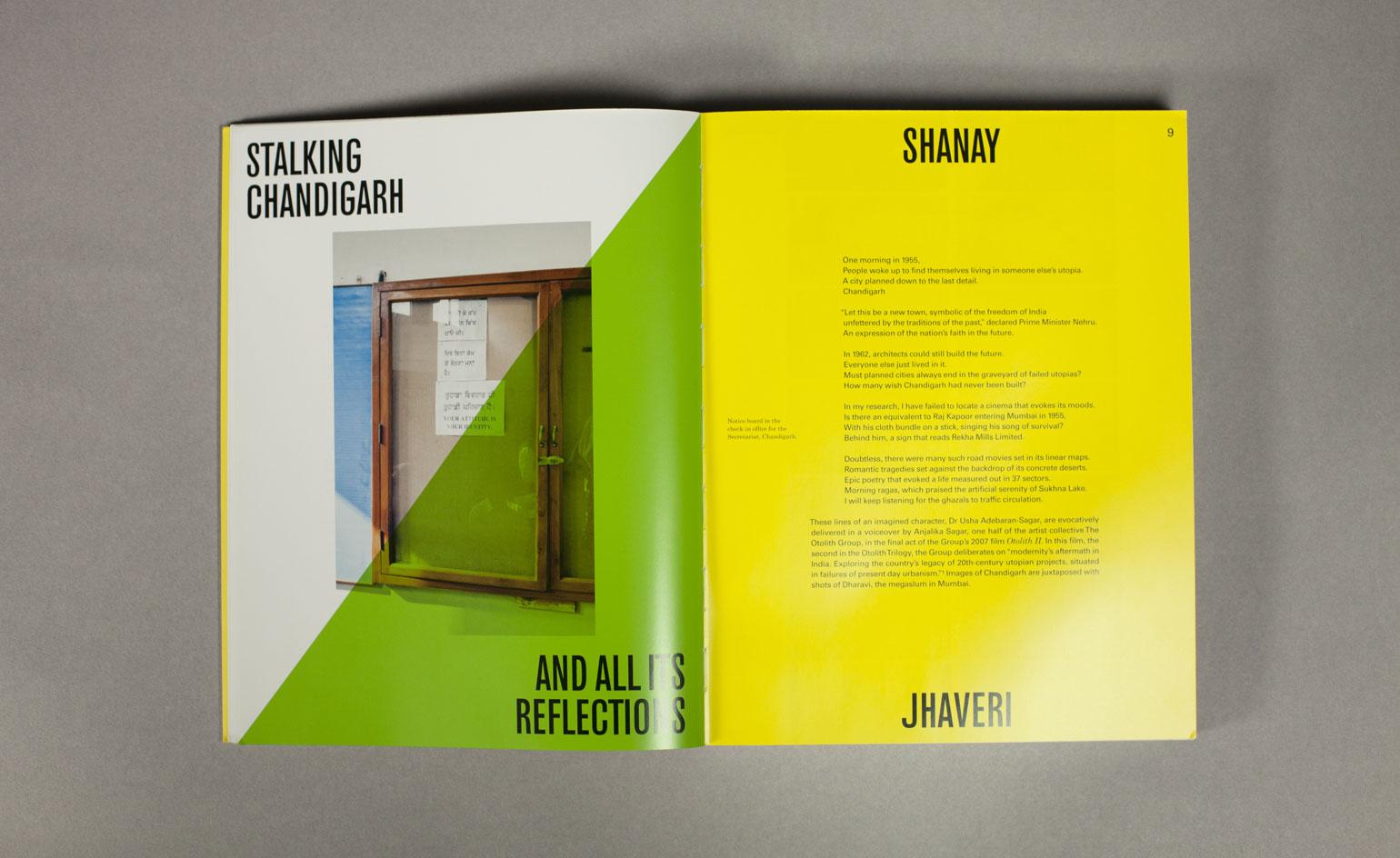
Jhaveri includes an image of the notice board in the check-in office for the Secretariat in 1955, claiming that the land was going to become a new place, representative of the freedom of the country
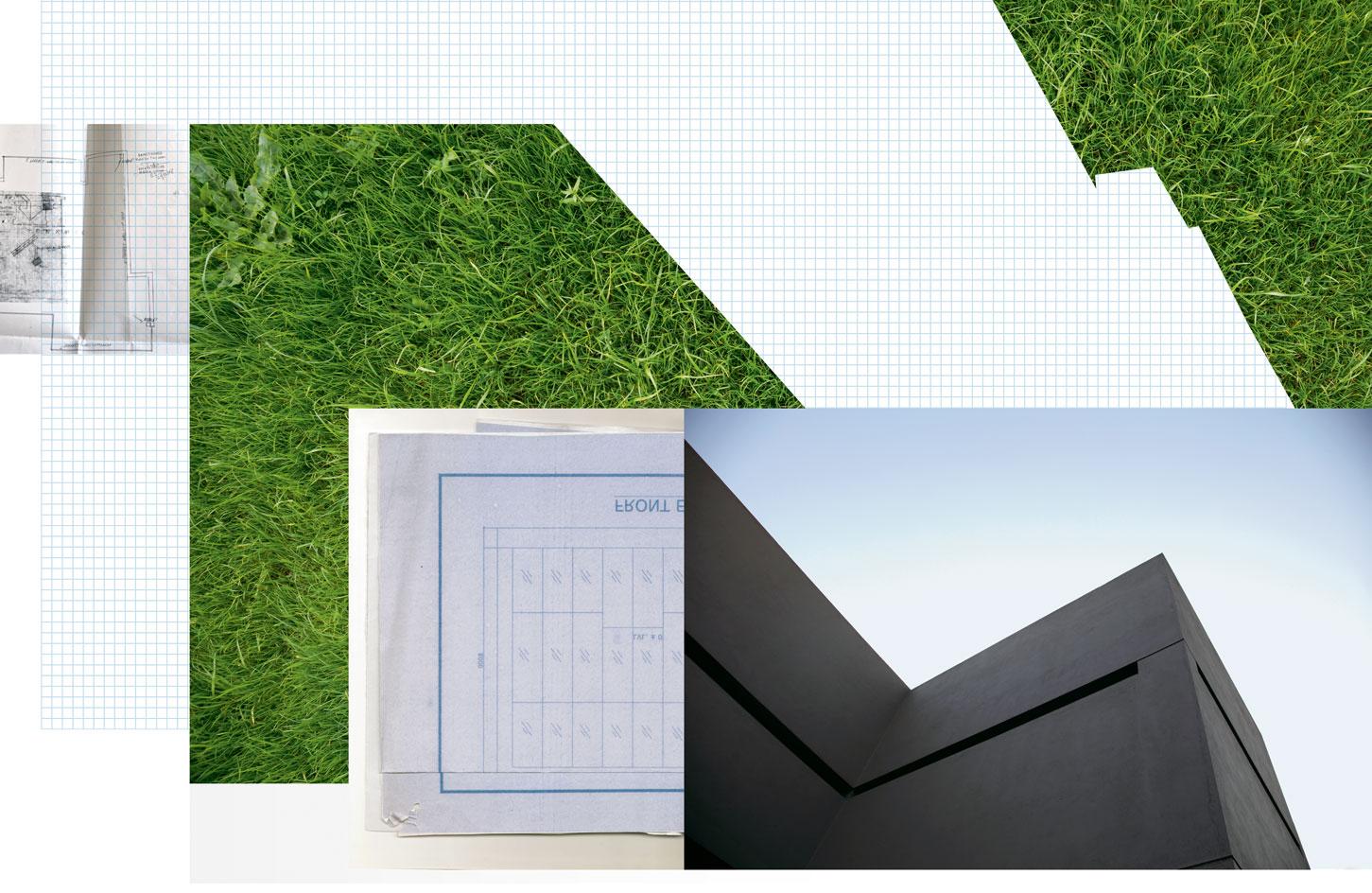
Exploring the complexities of the Indian city, the book also features essays by the likes of Devika Singh and Erika Balsom.
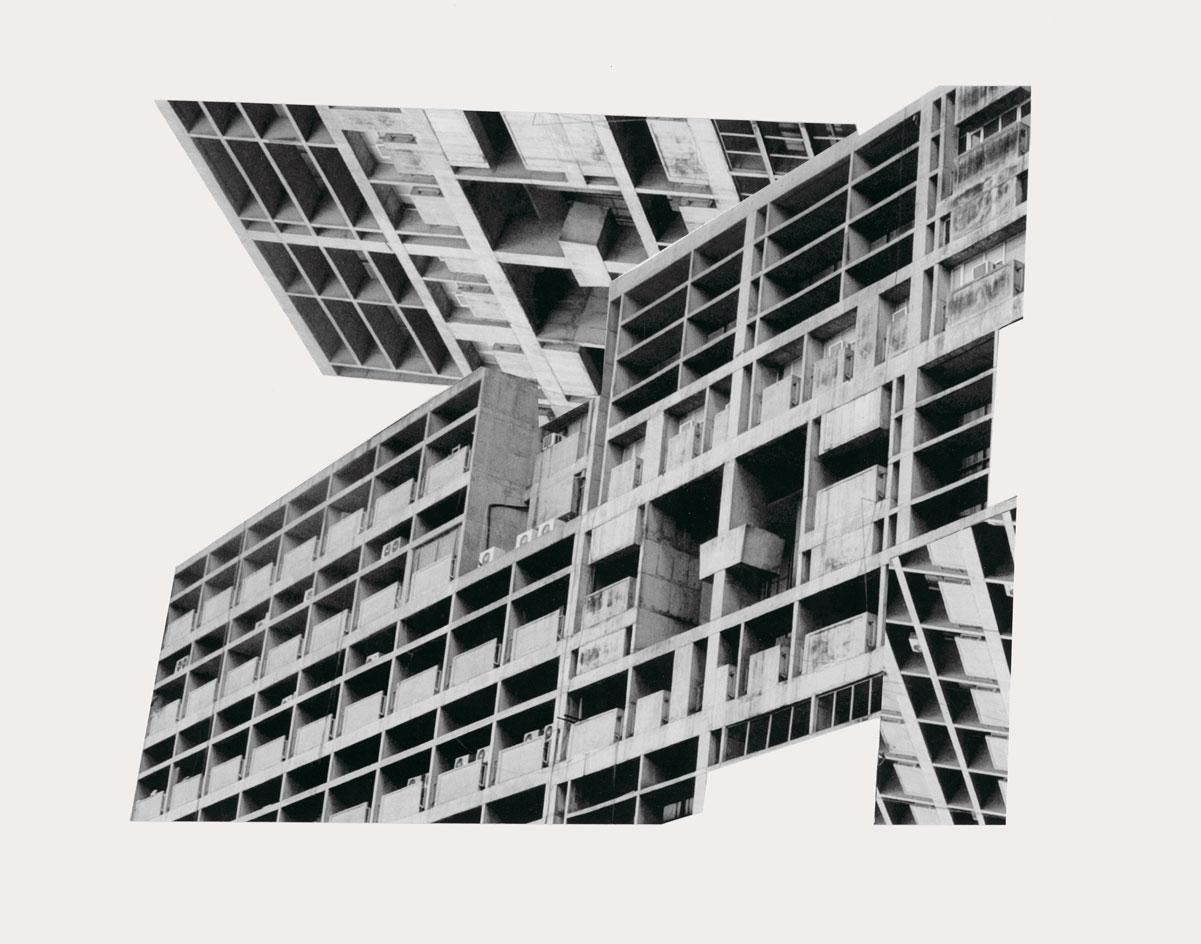
Capitol Complex (X Block), by Seher Shah, 2012.
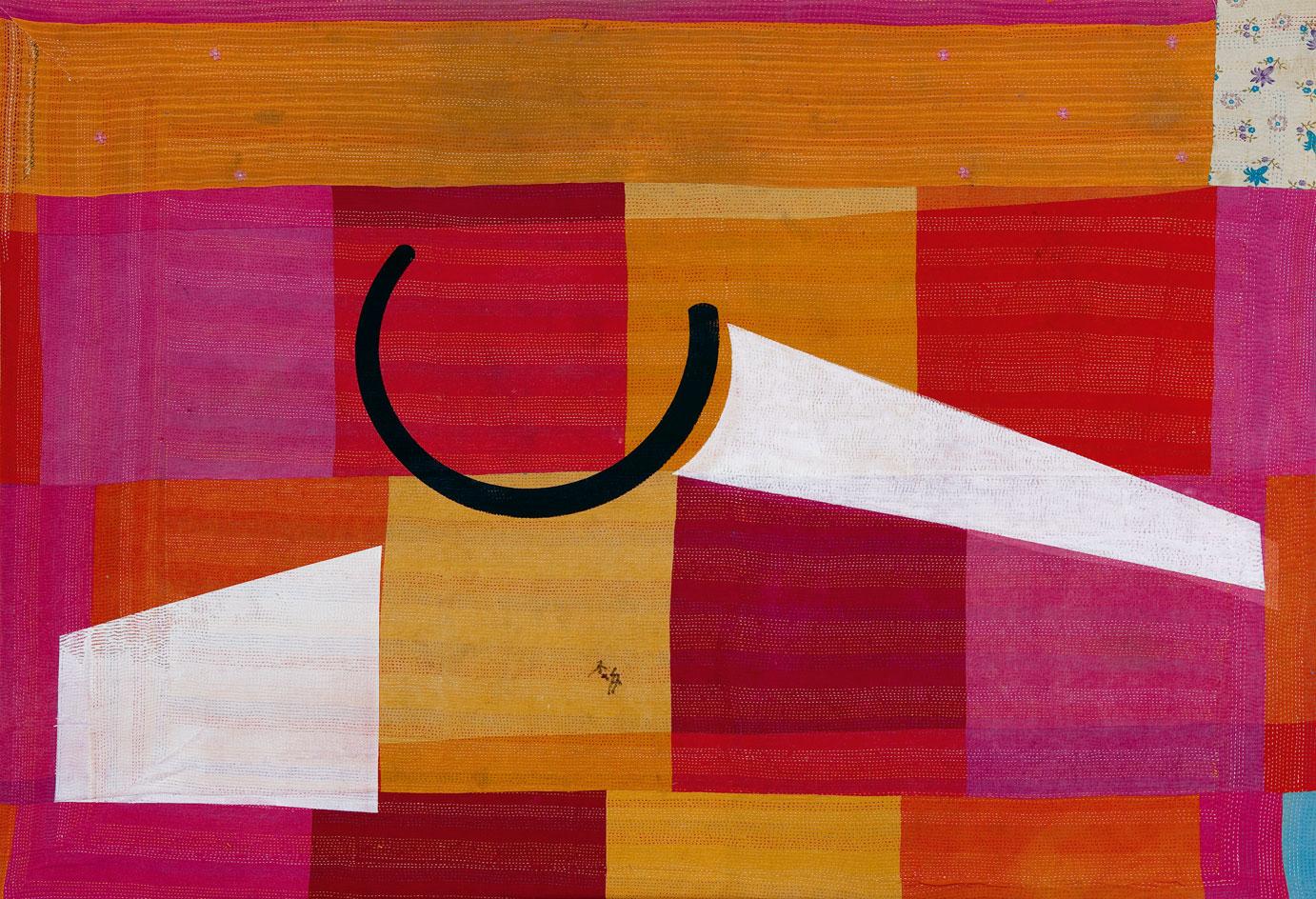
'Many people argue about it, some dislike it, some like it. It is totally immaterial whether you like it or not; it is the biggest thing in India of this kind,’ Jhaveri explains of the city. Pictured: CEJ 1 by Shezad Dawood, 2010.
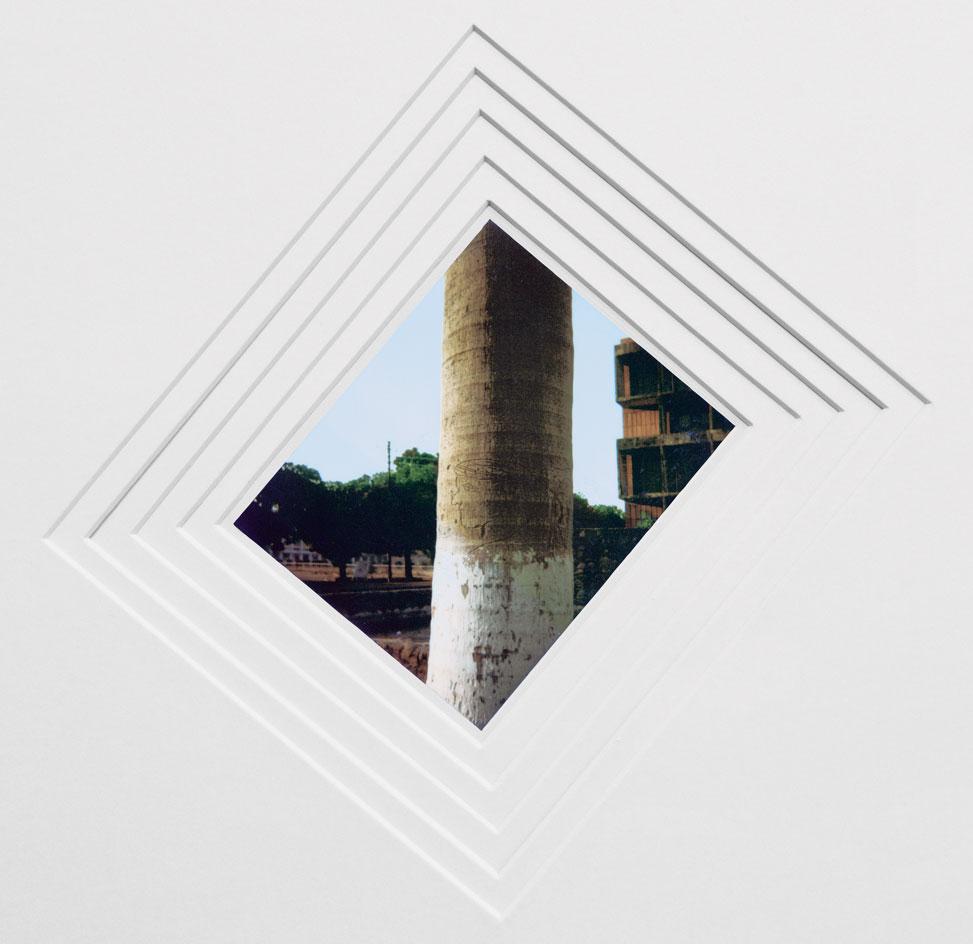
Indian Palm Study II, by Cyprien Gaillard, 2011, explores the magnificence of nature in the city.
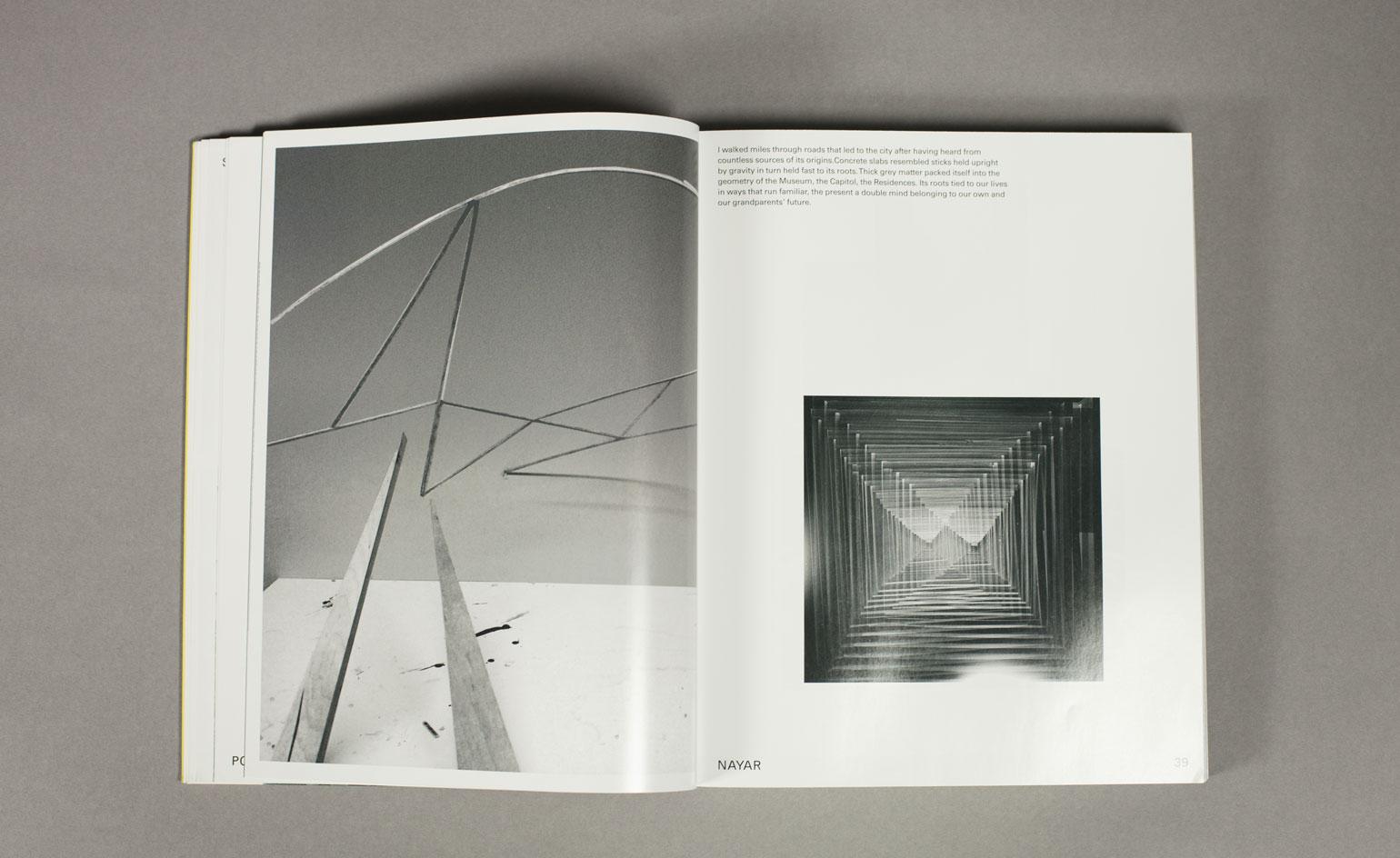
In the 'What We Look For' section, we see futurist visuals of concrete architecture, abstractly shot by the likes of Yamini Nayar

Hall of Nations, by architect Raj Rewel, from 1974
INFORMATION
Chandigarh is in India, Rs 3,000, published by The Shoestring Publisher. For more information and purchasing, visit the Amazon website
Wallpaper* Newsletter
Receive our daily digest of inspiration, escapism and design stories from around the world direct to your inbox.
Sujata Burman is a writer and editor based in London, specialising in design and culture. She was Digital Design Editor at Wallpaper* before moving to her current role of Head of Content at London Design Festival and London Design Biennale where she is expanding the content offering of the showcases. Over the past decade, Sujata has written for global design and culture publications, and has been a speaker, moderator and judge for institutions and brands including RIBA, D&AD, Design Museum and Design Miami/. In 2019, she co-authored her first book, An Opinionated Guide to London Architecture, published by Hoxton Mini Press, which was driven by her aim to make the fields of design and architecture accessible to wider audiences.
-
 Put these emerging artists on your radar
Put these emerging artists on your radarThis crop of six new talents is poised to shake up the art world. Get to know them now
By Tianna Williams
-
 Dining at Pyrá feels like a Mediterranean kiss on both cheeks
Dining at Pyrá feels like a Mediterranean kiss on both cheeksDesigned by House of Dré, this Lonsdale Road addition dishes up an enticing fusion of Greek and Spanish cooking
By Sofia de la Cruz
-
 Creased, crumpled: S/S 2025 menswear is about clothes that have ‘lived a life’
Creased, crumpled: S/S 2025 menswear is about clothes that have ‘lived a life’The S/S 2025 menswear collections see designers embrace the creased and the crumpled, conjuring a mood of laidback languor that ran through the season – captured here by photographer Steve Harnacke and stylist Nicola Neri for Wallpaper*
By Jack Moss
-
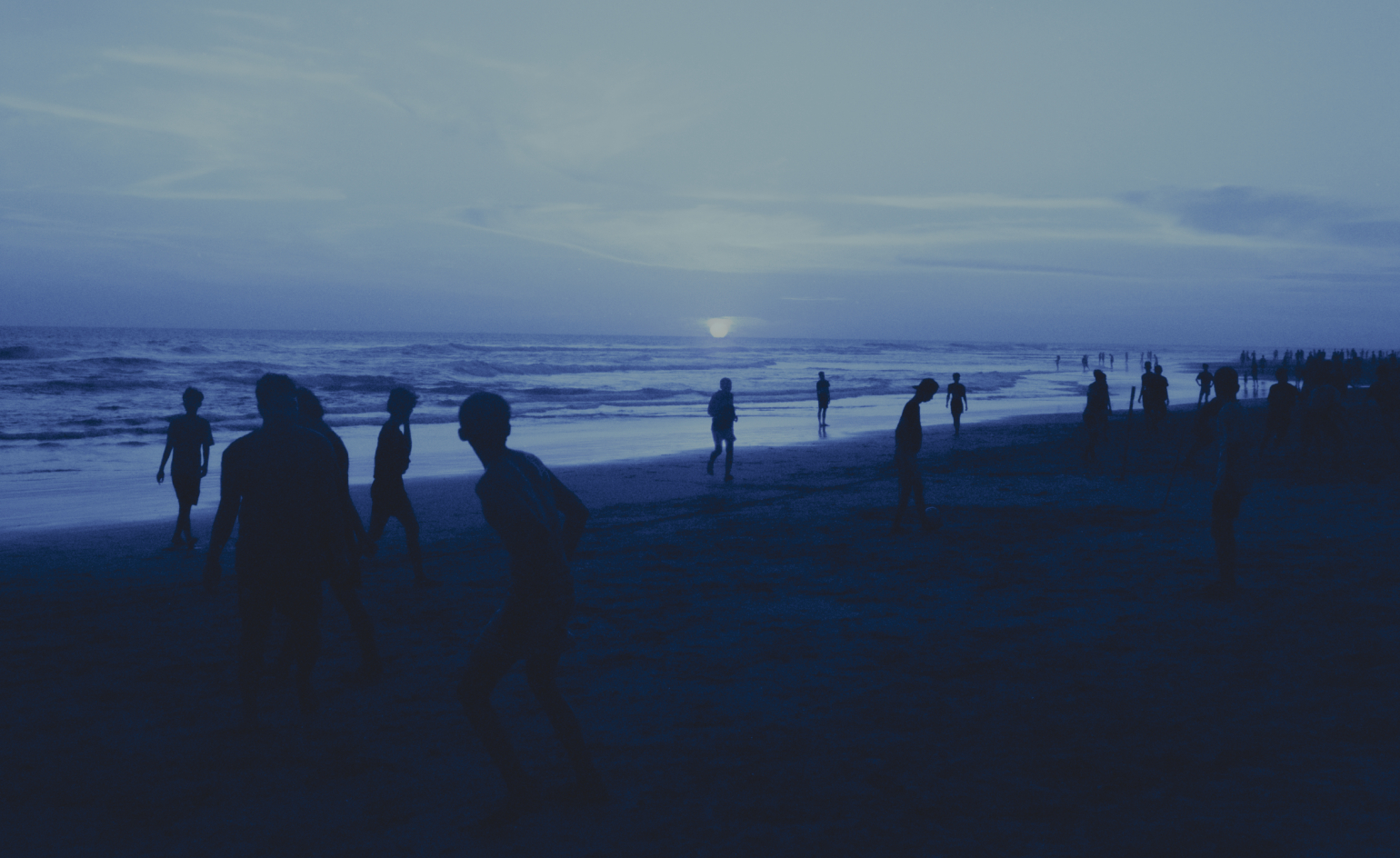 This arresting new photography book is a visual mediation on daily life in Indonesia
This arresting new photography book is a visual mediation on daily life in IndonesiaWith his lens, photographer Farid Renais Ghimas explores home, memory and the spaces in between
By Sofia de la Cruz
-
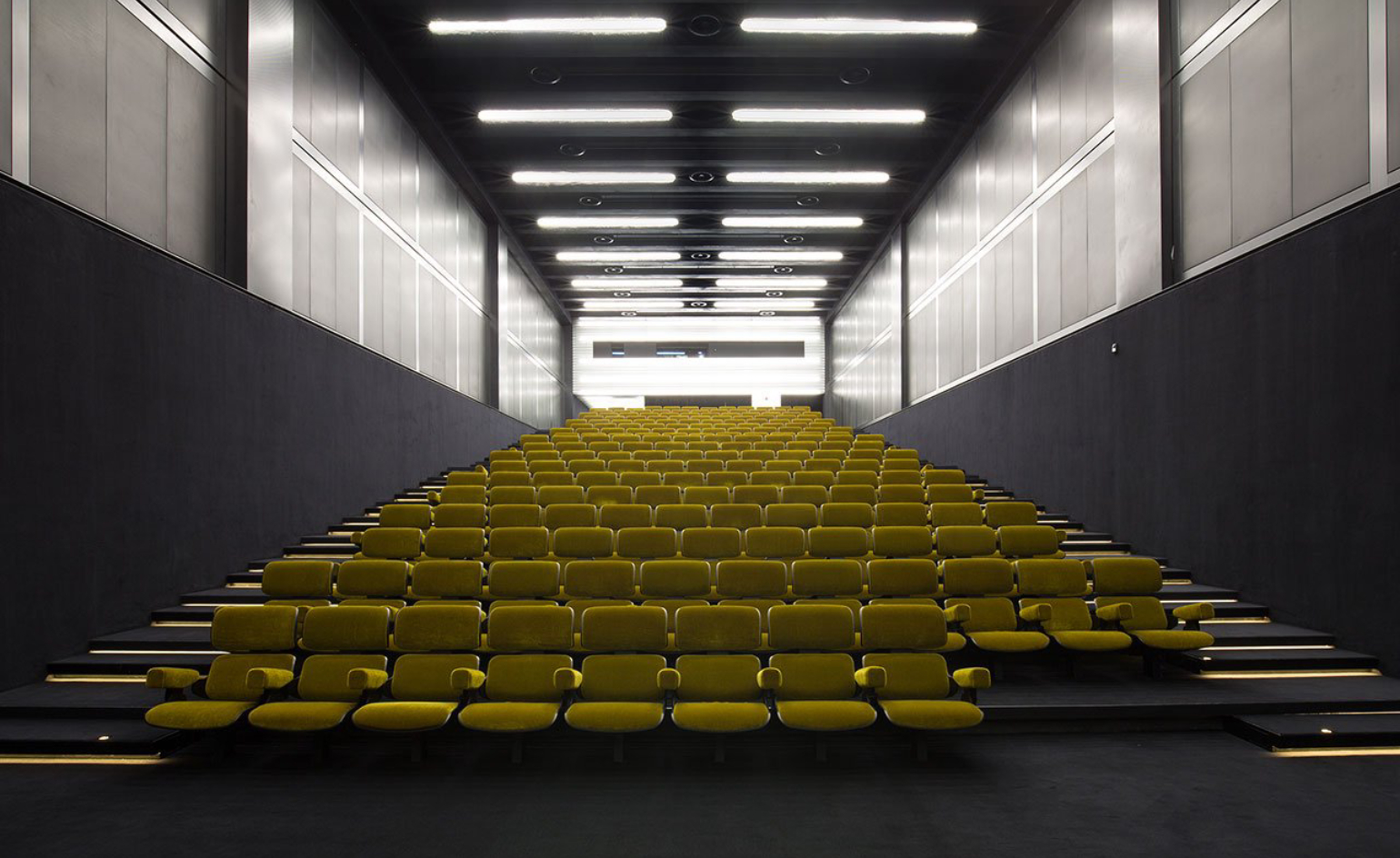 Must-visit cinemas with award-worthy design
Must-visit cinemas with award-worthy designThere’s more magic to the movies at these design-led cinemas, from Busan Cinema Centre’s ‘flying’ roof to The Gem Cinema Jaipur’s art deco allure
By Sofia de la Cruz
-
 All aboard the world’s most luxurious train journeys
All aboard the world’s most luxurious train journeysStay on track with our pick of the most luxurious train journeys around the world, whether in 1920s-style opulence or contemporary chic
By Tianna Williams
-
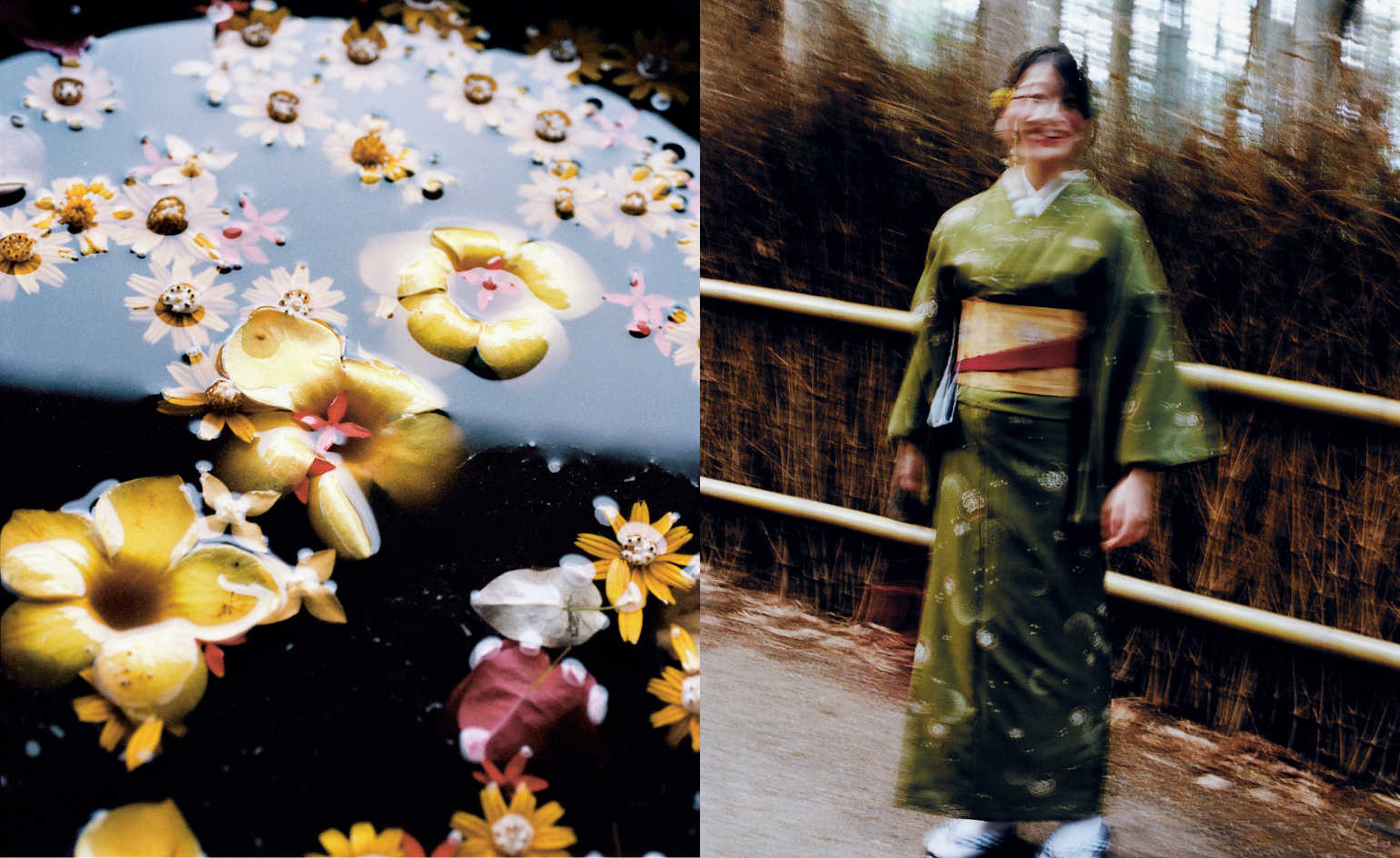 ‘Días’ by Spanish photographer Pia Riverola captures a world of many wonders
‘Días’ by Spanish photographer Pia Riverola captures a world of many wondersPia Riverola presents her new book ‘Días’, a tonal collage of days spent travelling
By Sofia de la Cruz
-
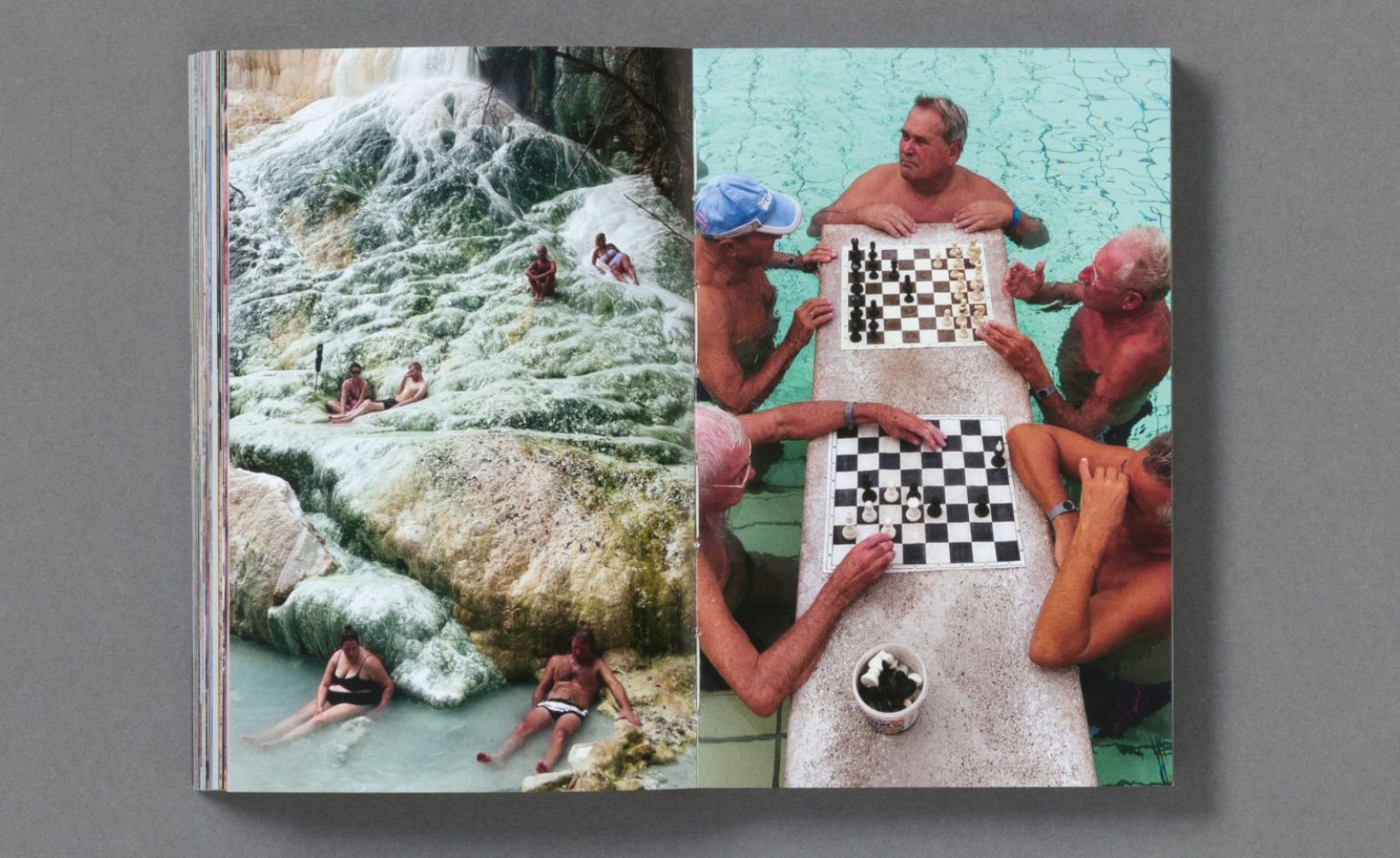 Poetic travel photography books to collect now
Poetic travel photography books to collect nowGet lost inside our pick of the best new travel photography books – pages to evoke instant wanderlust.
By Sofia de la Cruz
-
 Three Belmond destinations celebrated in pictures at Photo London 2024
Three Belmond destinations celebrated in pictures at Photo London 2024At Photo London 2024, Belmond presents new ‘As Seen By’ books, as photographers Coco Capitán, Letizia Le Flur and Rosie Marks capture unique images of the Venice Simplon-Orient-Express, and hotels in Amalfi and Cape Town
By Sofia de la Cruz
-
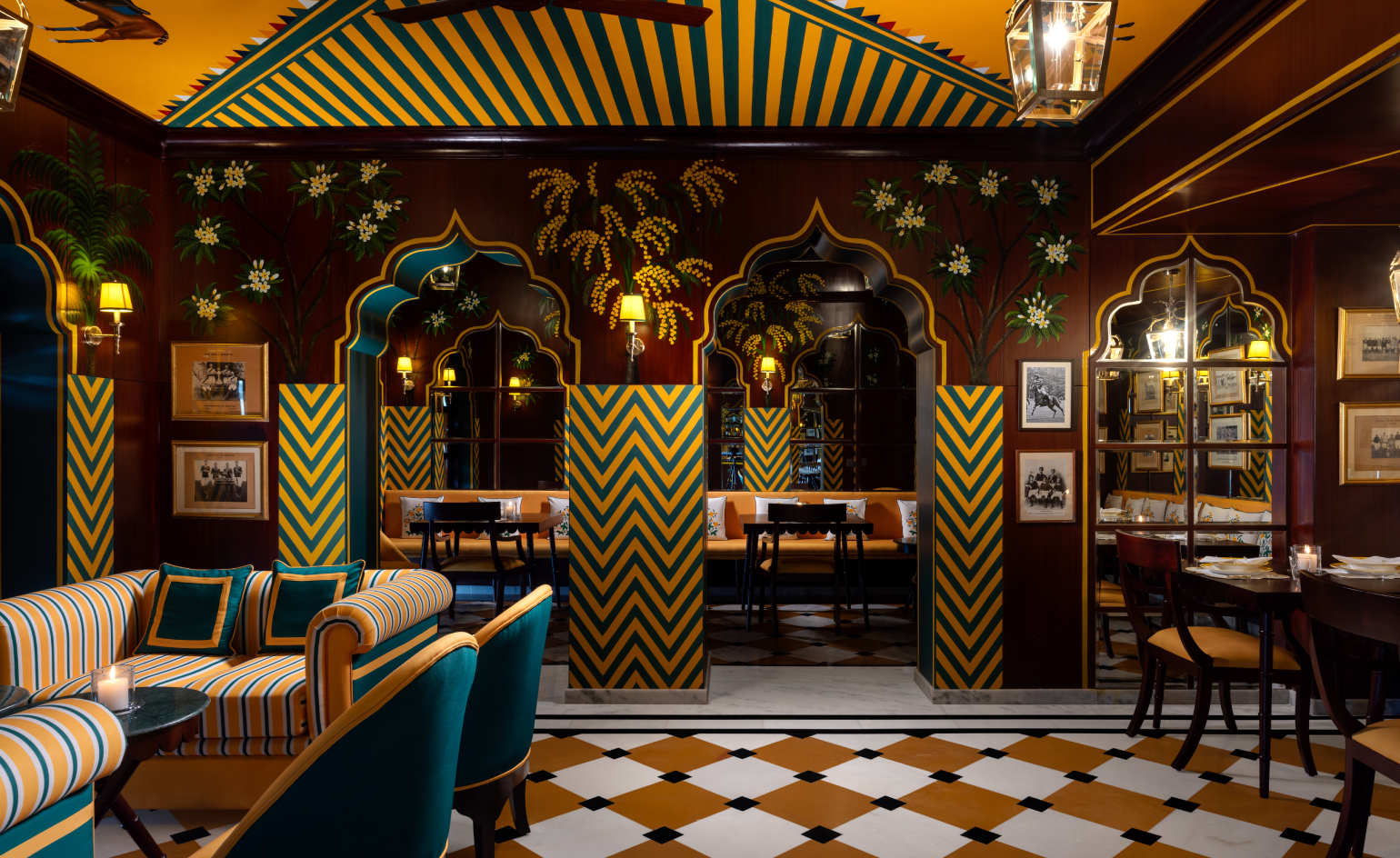 Members’ club Polo Palladio is Jaipur’s hottest stamping ground
Members’ club Polo Palladio is Jaipur’s hottest stamping groundPolo Palladio in Jaipur is the reimagined members-only playground of Rajasthan Polo Club, with vibrant interiors by Marie-Anne Oudejans
By Minako Norimatsu
-
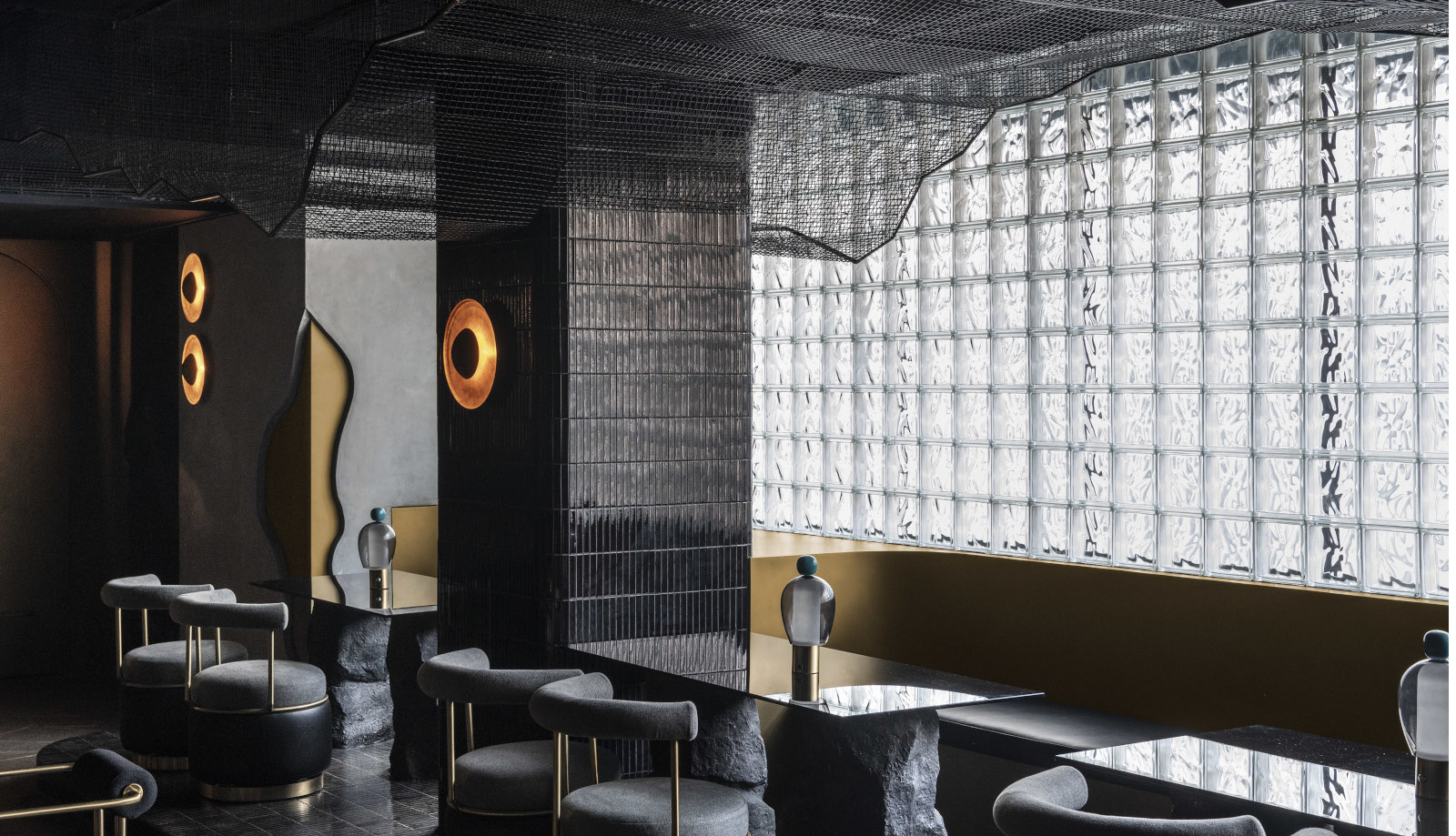 Charlee in Mumbai is a speakeasy immersed in mystery
Charlee in Mumbai is a speakeasy immersed in mysteryCharlee in Mumbai’s Bandra West encompasses a clandestine restaurant and bar designed by Kaviar Collaborative
By Tianna Williams